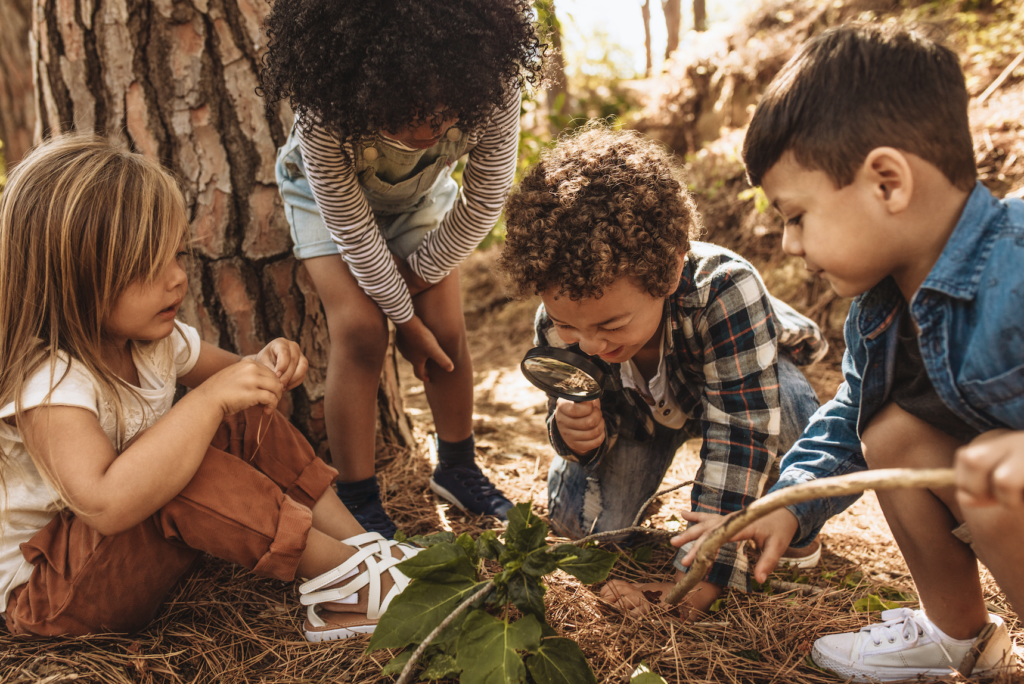
It’s summer — that time of year when parents take on the challenge of keeping their children physically busy and mentally active during long, hot days. Walton Gas is throwing out a “life preserver” to those looking to rescue kids from boredom while also teaching them something new.
We’ve put together a list of resources to educate students about natural gas. Along with articles, activities such as science experiments, videos and games teach about the origins of natural gas, its applications in our world and how to be safe while using it.
Share these natural gas educational resources with the children in your life to make the most of the lazy, hazy days to come.
If you’re a teacher who’s already working on lesson plans for the next school year, be sure to scroll down to the classroom resources we’ve listed for you.
Share these natural gas educational resources with the children in your life to make the most of the lazy, hazy days to come. Along the way, you might learn a few things, too.
OUR TOP PICKS
Natural Gas Safety World Why we like it: This website includes some unique activities your children will love. One section, “The Travels of Natural Gas,” allows kids to imagine they are the size of a gas molecule to take a journey through a natural gas pipeline. Includes ebooks, activity pages, games, videos and science experiments. There’s also a printable natural gas safety checklist for a home inspection kids can do with their parents.
Safe & Smart with Buddy Blue Flame Why we like it: This interactive website can keep the kids engaged for hours with activities, digital games, quizzes, videos and an ebook. The information is divided into grade-appropriate sections: K-2, 3-5, 6-8 and 9-12. There are also sections for parents and teachers.
MORE RESOURCES
Safety Activities for Kids Highlight: The Atlanta Gas Light website has a kids page that provides activities such as a word search, picture to color, printable maze and instructions for a science experiment.
Let’s Explore Natural Gas Highlight: Colorful, detailed illustrations of processes, such as how natural gas travels along pipelines to arrive in homes and businesses.
What is Natural Gas? Highlight: This deep collection of educational information, published by the American Gas Association, includes a useful glossary of terms.
Natural Gas Explained Highlight: This U.S. Energy Information Administration article is a quick read with nice illustrations detailing natural gas formation, drilling, production and delivery.
Kids and Natural Gas Safety Highlight: This short, animated video is appropriate for young children.
Natural Gas Highlight: Britannica Kids digital encyclopedia articles are divided into elementary, middle school and high school sections.
All About Natural Gas Highlight: This entertaining animated video produced by the National Energy Foundation explains how natural gas is created.
Natural Gas Facts for Kids Highlight: Kiddle Encyclopedia’s in-depth look at the topic includes details about how natural gas is being used in the transportation industry.
FOR TEACHERS
Natural Gas Activities Highlight: This soup-to-nuts teacher guide from the National Energy Education Development Project is a standards-based energy curriculum covering science, language arts, social studies and technology for grades 5-12. In addition to a lesson plan, there are suggested activities and printable handouts.
Natural Gas Fun Facts
Did you know that more than half the homes in America use natural gas? That means about 62 million families are using natural gas right now. A few other facts about natural gas:
- Natural gas is a fossil fuel, meaning it was formed from decomposing ancient plants and animals (think dinosaurs) that lived millions of years ago.
- Natural gas was first used by the Chinese in about 500 BC.
- Air is heavier than natural gas.
- Gas turns into liquid when it is cooled to 260 degrees below zero.
- Among fossil fuels (coal, oil and natural gas), natural gas burns the hottest, the brightest and the cleanest.
- There is no smell or color in natural gas. The rotten egg smell is added so that it is easier to spot a leak.
- Natural gas is used to power many museums in order to help keep historic papers, fabric and art in great condition.
